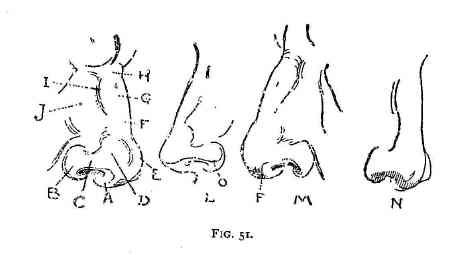I was musing the other day that, chaotic though the world may seem, a sort of guideline - rules, if you will - governs the world. It's just that we're too much a part of the world to recognise them easily. If we could only get out of ourselves to see things the way God might, and find out what they were, everything would fall into place.
These rules would be alarmingly simple - complicatingly so. Perhaps it isn't even plural, it's just a rule.
The pure and simple truth.
Like a curved graph. The basis of a curved graph is straight lines. You see, a curve can be viewed as an infinite amount of straight lines that join up together to form the curve (i.e. the tangents of a curve). These straight lines are plain as Jane and twice as simple, and they wouldn't be able to tell the direction the other tangents were heading; only the direction they were heading themselves. To them, every other line (or perhaps even their own gradient) would be directionally random. Yet viewed from a higher perspective, they come together to form something totally magnificent (lets just assume we find curves appealing). To the straight lines, the thought of straight lines actually curving must be quite mind-mogglingly complex and beyond comprehension.
In the same way, the rules that govern this Earth probably are plain and simple - from up there (I mean Heaven). We're just too close to them to realise it.
[Edit: vertical integration with secondary four differentiation gives y=x^2, d(y) = x]
